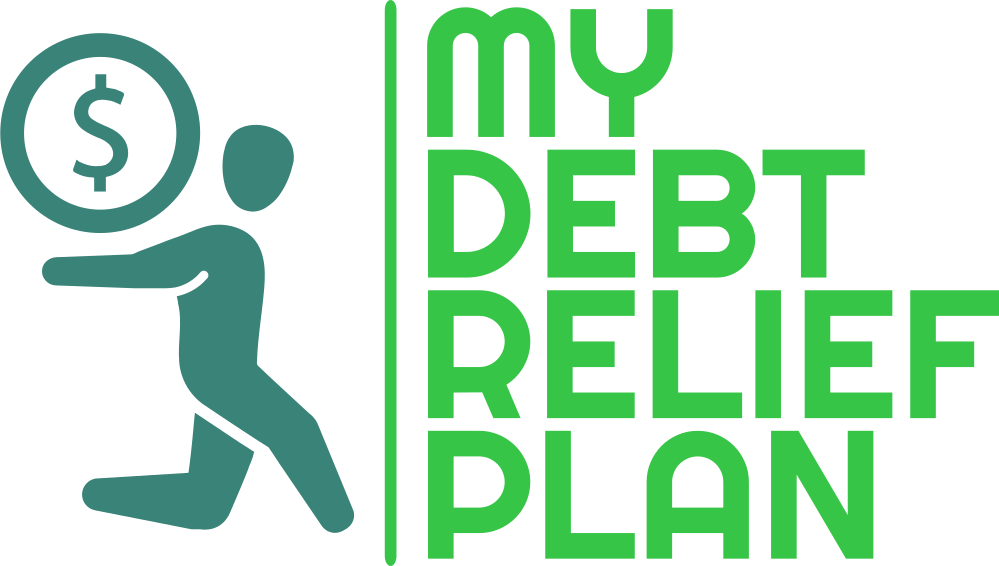Making the Most of Your Earnings
Personal financial management is a responsibility every citizen shares, so each person has his or her own approach to staying solvent. Unfortunately, challenging economic conditions and unexpected expenses impact everyone, so cash flow problems are more common than you might think.
Though each person’s finances are unique, there are practical money management strategies available, which can be applied to a variety of scenarios. Use these tips to make the most of your income and earnings, without sacrificing the lifestyle you work hard to achieve.
Live Within Your Means
Recognising your financial limitations is an essential feature of realistic budgeting and long-term financial success. To establish your baseline spending levels, start by comparing your income to your ongoing financial obligations. Your budget should be broken into spending categories, enabling you to track exactly where your money goes. As you take-in the big picture, you’ll quickly learn your outgoing cash flow generally falls into two categories:
Fixed Costs – Essentials like shelter, food and transportation account for a significant share of most individual budgets. Many of these expenses are considered “fixed” because payments are often regular and ongoing. As a result, consumers must cover these costs each month or payment period, rather than one time, like most discretionary buys. Mortgages, car payments, insurance bills and other recurring obligations fall into this category, representing the immovable minimum sums required to keep a person in the black.
Due to the continuing nature of fixed costs, it is essential to keep obligations within your means. When earnings are insufficient, the struggle to keep pace with fixed payments can result in serious credit consequences for borrowers living beyond affordable levels. Default, foreclosure and other delinquencies result from poorly managed fixed costs – taking on more debt than can be paid back timely. Keeping fixed costs in-line with your income, on the other hand, sets the stage for long-term financial success.
Discretionary Buys – Beyond the fixed cost of debt repayment and other monthly obligations, spending is discretionary. Like most consumers, you are faced with countless spending opportunities each day. These daily spending decisions have a dramatic impact on your bottom line. Entertainment, meals out, travel and fashion are common discretionary spending categories, which should be managed to reflect your income. For many, however, entertainment and leisure expenses quickly outpace incoming resources.
Save Money Whenever Possible
When incoming cash flow is consistent, the only way to free up funds is to reduce spending. Saving money actually gives you more discretionary income to work with, so there is plenty of incentive to cut costs whenever possible. These examples highlight a few of the ways you can trim expenses:
Redeem Rewards – To lure customers and stand out in competitive markets, businesses increasingly extend rewards programs. Credit cards, of course, are among the most prolific sources of customer reward programs, which extend everything from cash back to airline tickets. Merchants offering rewards generally do not require fees to enroll, but credit card companies attach annual fees to rewards cards. For an offer to suit you, your spending rewards need to exceed the card’s annual fee, or it doesn’t make sense for you to participate.
Tighten Your Supermarket Budget – Food savings add-up for shoppers committed to making the most of their money at the supermarket. Store promotions are one source of savings, but you can also save money by tracking everyday prices through online comparison sites. Own-brand versions also furnish economical alternatives for widely used consumer goods.
Evaluate Memberships – Subscriptions and memberships are a source of waste for many families, who save money by eliminating unneeded services. From gym contracts to monthly magazines, trimming unused subscriptions leads to savings month after month, once they are cast aside.
Manage Energy Use – Conserving energy has a direct impact on your bottom line, and there are several sources for savings. Home heating and electricity use, for example, furnish opportunities to trim costs, as well as petrol used on the road. Starting with consciousness and awareness, incremental energy savings lead to long-term budget relief for disciplined consumers.
Remortgage for Savings – Market conditions change continually, so remortgaging may lead to lower payments than your current contract. Lower monthly payments furnish resources that can be directed elsewhere, so a new home loan makes sense for many borrowers. Before committing, make sure the savings cover the cost of your new loan and that there are no hidden fees.
Informed consumers make the most of their earnings by managing expenses and trimming costs. To keep your budget sound, chart your income and outgoing expenses, with an eye toward saving opportunities. As long as your resources cover your fixed obligations, and you control discretionary buys, your financial outlook remains stable.



